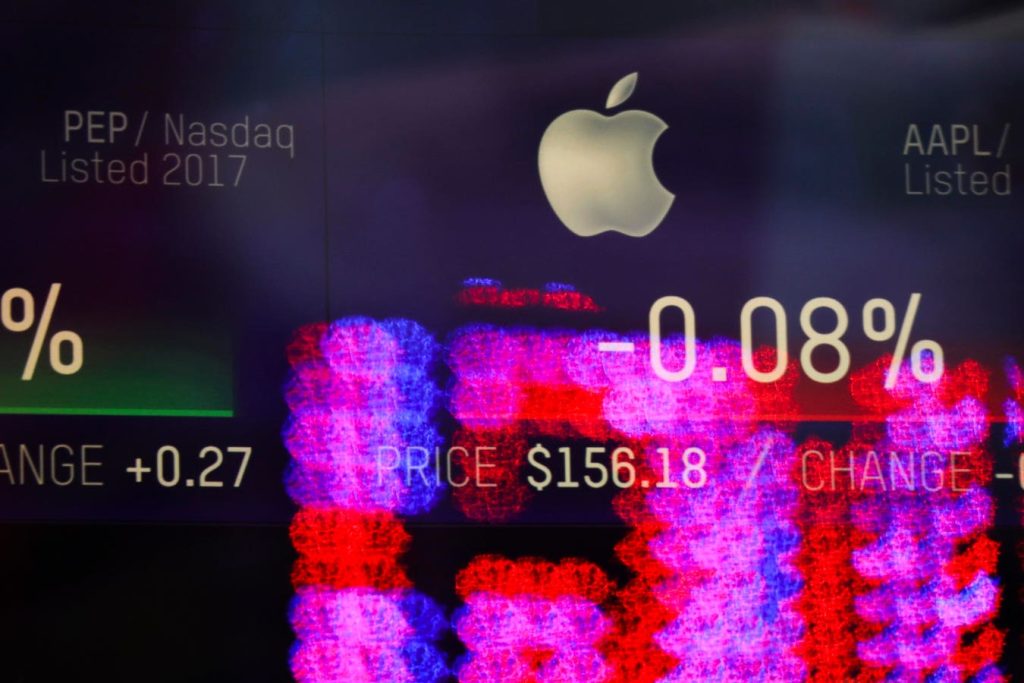The fourth-quarter earnings season has hit its stride, with a wave of reports offering crucial insights into the health of the US economy and corporate performance. The past week saw 36 S&P 500 companies unveil their results, dominated by the financial sector, painting a positive picture with 80% of reporting companies exceeding earnings expectations. This momentum is expected to continue into the current week, the second busiest of the season, with 104 S&P 500 companies slated to report, including four of the influential “Magnificent Seven” – Microsoft, Meta, Amazon, and Apple. The market’s positive response to robust earnings and stable bond yields is evident in the S&P 500’s 1.8% weekly gain and the Magnificent Seven’s 1.5% rise.
Financial sector earnings continue to be a significant driver of overall growth. Companies like Travelers and Discover Financial Services contributed heavily to the sector’s upwardly revised earnings growth projection, now estimated at 49.4% year-over-year. This sector is expected to lead the S&P 500 in earnings growth, followed by technology and communication services. In contrast, the energy sector faces headwinds from lower oil prices, resulting in a projected decline of nearly 31% in year-over-year earnings. The diverging fortunes of these sectors underscore the nuanced economic landscape shaped by various factors influencing individual industries.
Sales growth, a key indicator of economic activity, is mirroring nominal GDP growth, which blends real GDP with inflation, currently estimated at around 5%. The alignment between sales growth at 4.6% and nominal GDP expectations suggests a healthy correlation. As with earnings, the technology sector is projected to lead in sales growth, while the energy sector anticipates the most significant decline in revenue, again reflecting the impact of lower oil prices. This consistent trend in both earnings and sales highlights the enduring influence of macroeconomic factors on specific sectors.
The overall blended earnings growth rate for the fourth quarter, combining reported results and consensus estimates for remaining companies, stands at a healthy 12.7% year-over-year, surpassing the initial projection of 11.9%. This positive surprise is primarily attributed to the strong performance of financial institutions, further solidifying their role as a cornerstone of current market strength. The outperformance of earnings expectations suggests a more resilient economic environment than initially anticipated, offering potential for continued market optimism.
The Magnificent Seven, comprising Microsoft, Meta, Amazon, Apple, NVIDIA, Alphabet, and Tesla, remain the focal point of this earnings season due to their significant influence on both earnings growth and market capitalization. Their combined earnings are projected to grow by 21.7% year-over-year, significantly outpacing the 9.7% growth forecast for the rest of the S&P 500. The upcoming reports from Microsoft, Meta, and Tesla (Wednesday) and Apple (Thursday) will be closely scrutinized for forward guidance, particularly regarding artificial intelligence spending, which is expected to be a key growth driver in the coming years.
Beyond the Magnificent Seven, a diverse range of companies across various sectors, including Starbucks, Mastercard, Visa, Chevron, and Exxon Mobil, will also be reporting this week, offering a broader perspective on the overall earnings landscape. These reports, coupled with crucial economic data releases such as fourth-quarter U.S. GDP and the Federal Reserve meeting, will provide a comprehensive view of the economy’s trajectory. The GDP release on Thursday is anticipated to confirm continued above-average economic growth, with consensus estimates around 2.7% and the Atlanta Fed projecting nearly 3%. This robust economic picture provides a solid foundation for market stability and potential future growth. The Federal Reserve’s meeting on Wednesday is widely expected to result in no change to short-term interest rates, given the combination of resilient economic growth and above-target inflation. However, market participants will be keenly focused on Chair Powell’s comments for insights into the timing and pace of future rate cuts, which are currently expected to total two 25 basis point reductions in 2025, starting around mid-year. Powell’s statements will be crucial in shaping market expectations and influencing investor sentiment.

